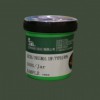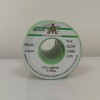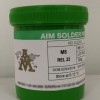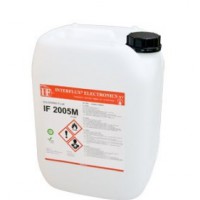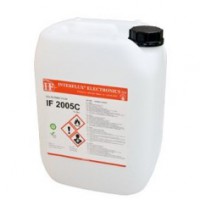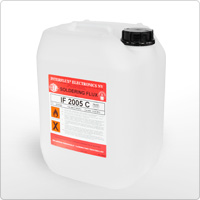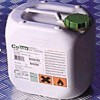Indium8.9HF-1 is an air reflow, no-clean solder paste. Indium8.9HF-1 offers unprecedented stencil print transfer efficiency to work in the broadest range of processes. In addition, the high probe testability of Indium8.9HF-1 minimizes false failures in ICT.
Alloys
Indium Corporation manufactures low-oxide spherical powder composed of a variety of Pb-free alloys that cover a broad range of melting temperatures. This document covers Type 4 and Type 3 powder as standard offerings with SAC alloys. The metal percent is the weight percent of the solder powder in the solder paste and is dependent upon the powder type and application. Standard product offerings are detailed in the following table.
Features
• High oxidation barrier to eliminate graping and HIP defects
• Highly probe testable flux residue
• Halogen-free per EN14582 test method
• Excellent print transfer efficiency on 0.4mm pitch CSPs
Compatible Products
• Rework Flux: TACFlux®089HF, TACFlux®020B
• Cored Wire: CW-807
• Wave Flux: WF-9945, WF-9958
Note: Other products may be applicable. Please consult one of Indium Corporation’s Technical Support Engineers.
Cleaning
Indium8.9HF-1 is designed for no-clean applications, however the flux can be removed if necessary by using a commercially available flux residue remover.
Stencil Cleaning is best performed using isopropyl alcohol (IPA) as a solvent. Most commercially available non-water-based stencil cleaners work well.
Printing
Stencil Design:
Electroformed and laser cut/electropolished stencils produce the best printing characteristics among stencil types. Stencil aperture design is a crucial step in optimizing the print process. The following are a few general recommendations:
• Discrete components — A 10-20% reduction of stencil aperture has significantly reduced or eliminated the occurrence of mid-chip solder beads. The “home plate” design is a common method for achieving this reduction.
• Fine pitch components — A surface area reduction is recommended for apertures of 20 mil pitch and finer. This reduction will help minimize solder balling and bridging that can lead to electrical shorts. The amount of reduction necessary is process dependent (5-15% is common).
• For optimum transfer efficiency and release of the solder paste from the stencil apertures, industry standard aperture and aspect ratios should be adhered to.


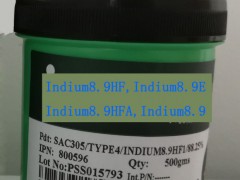
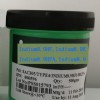


 通过认证
通过认证 

